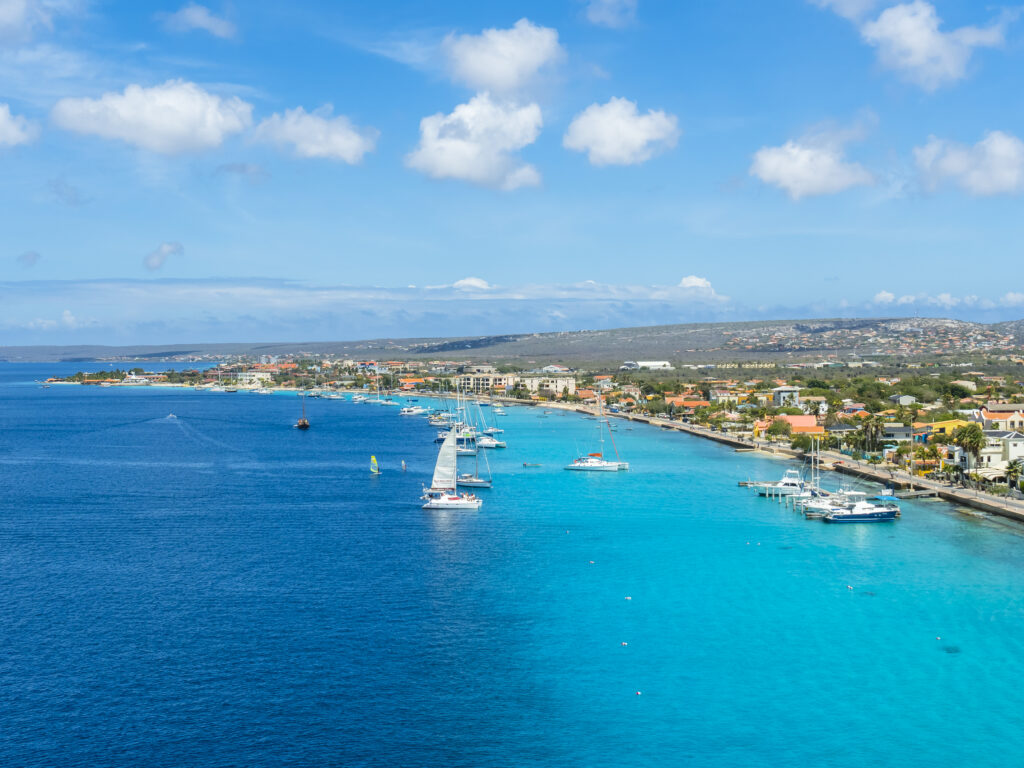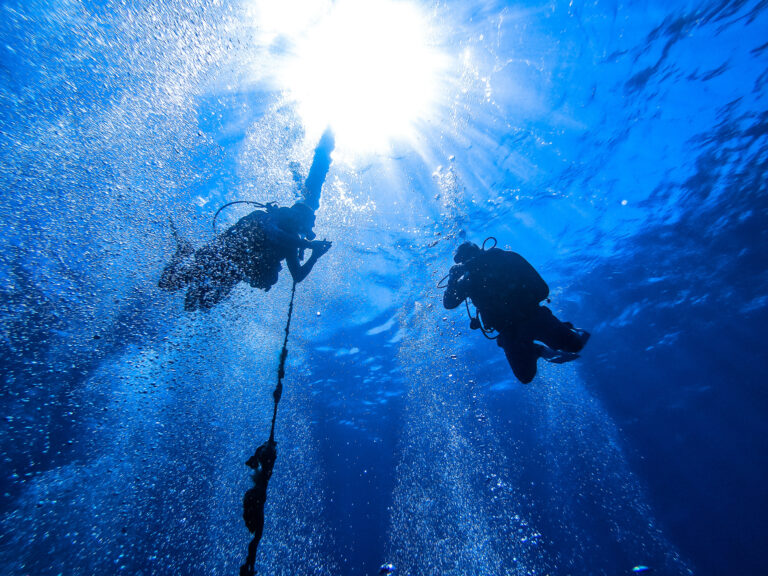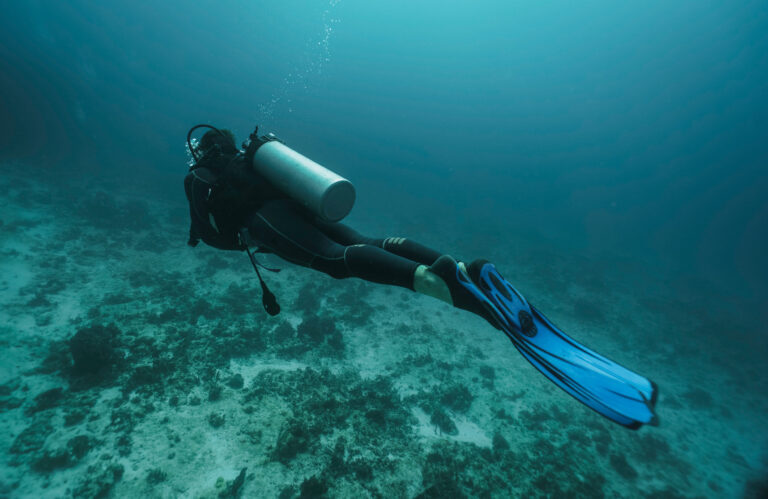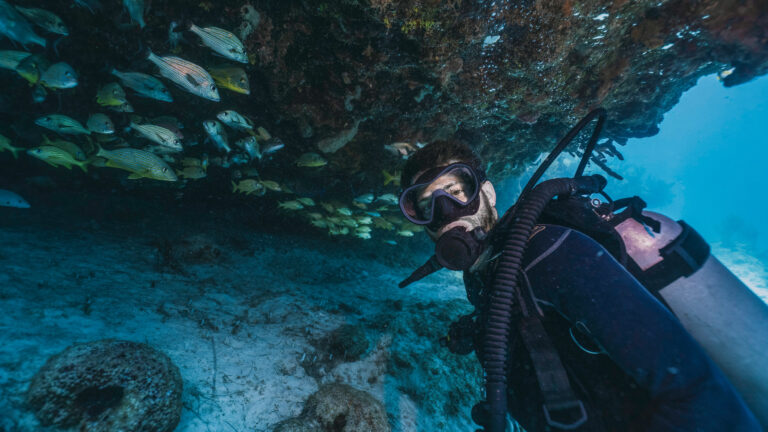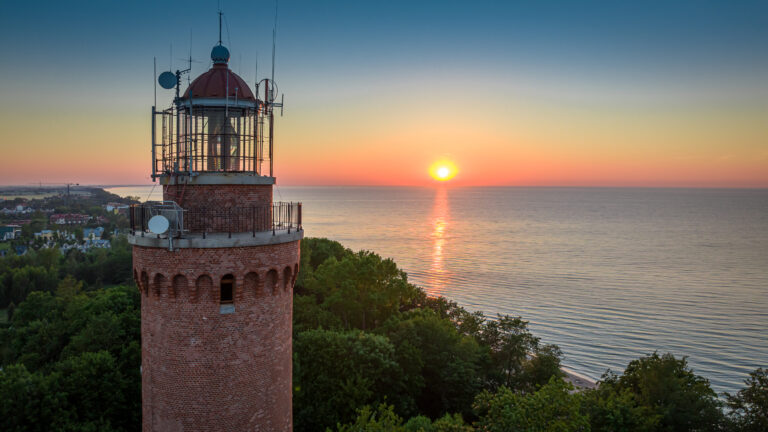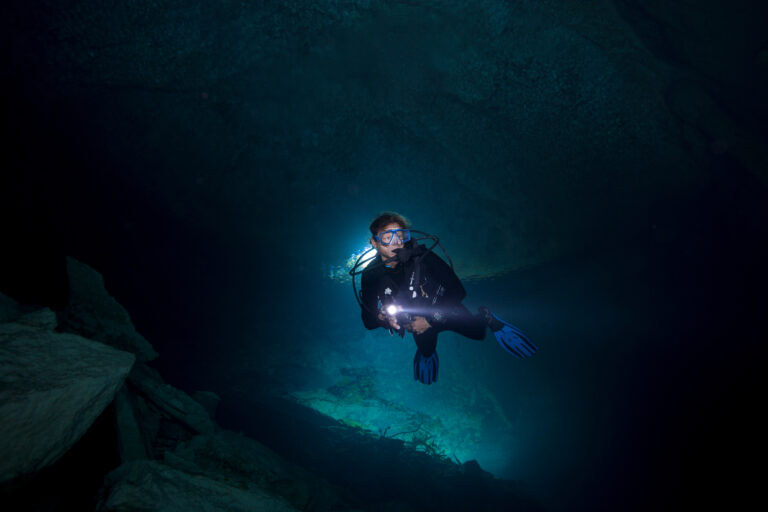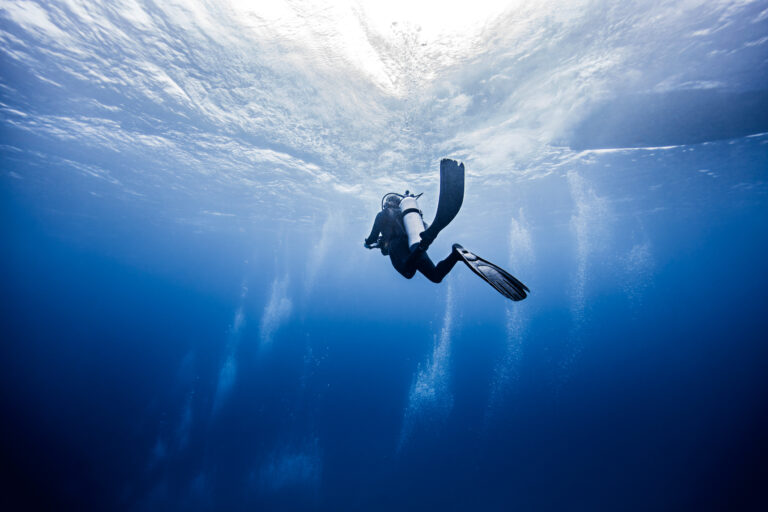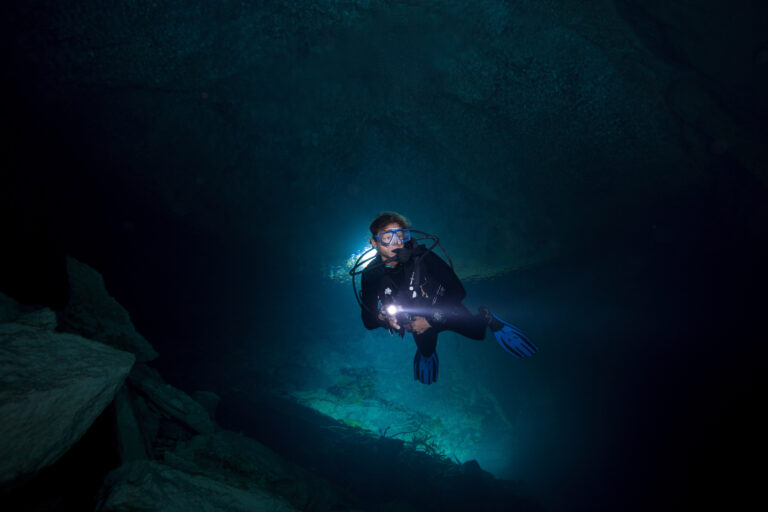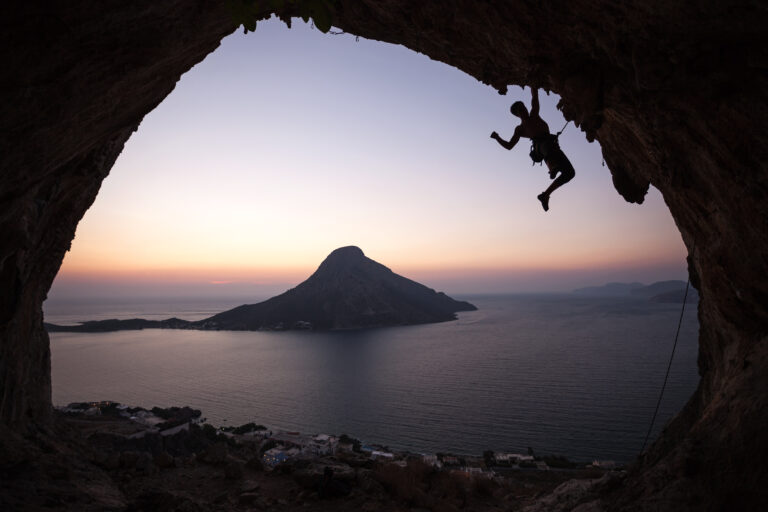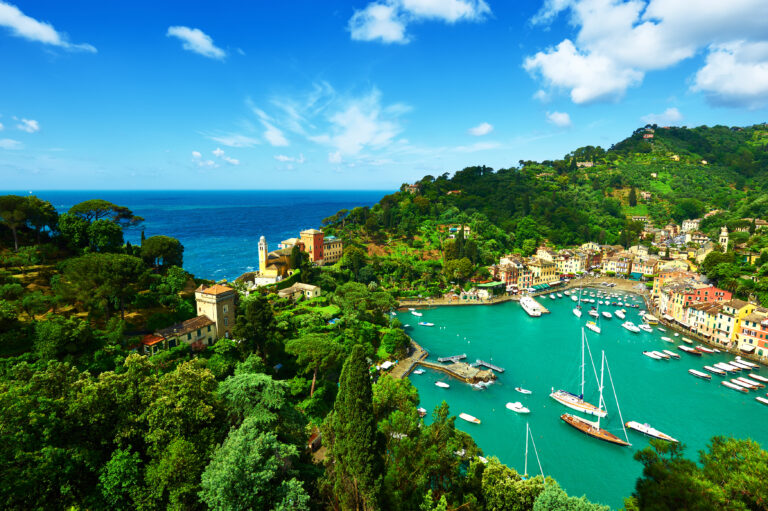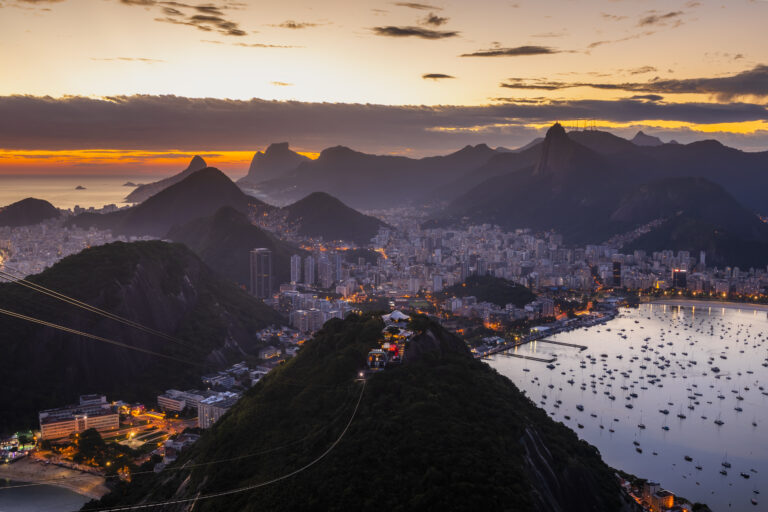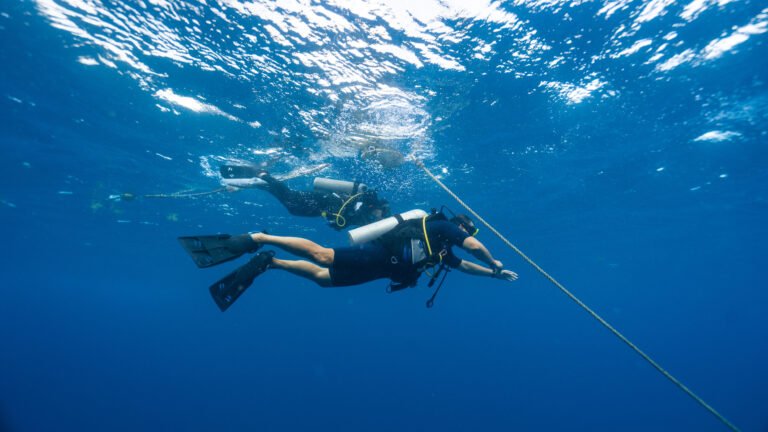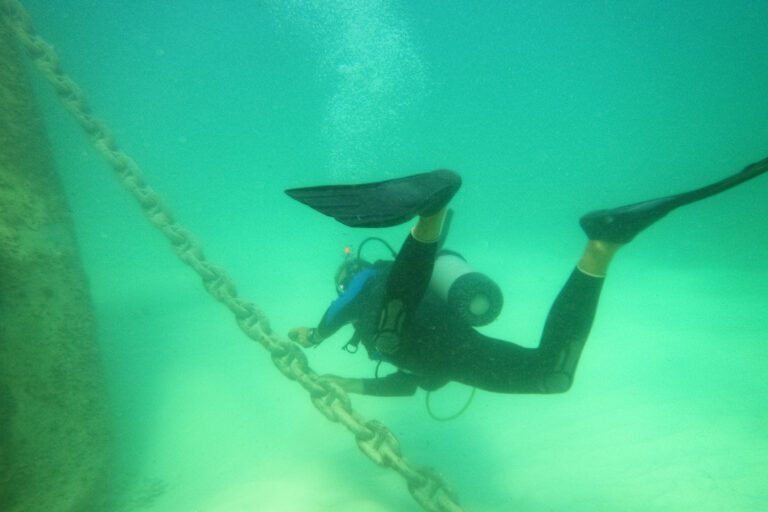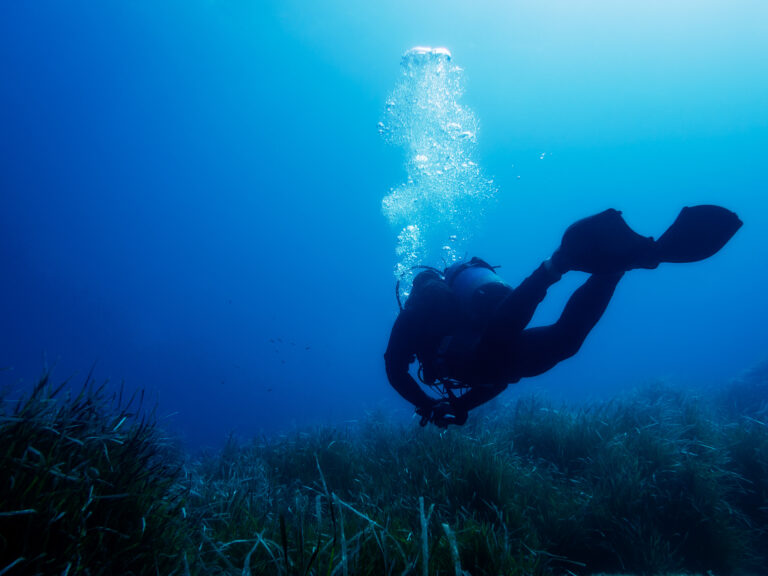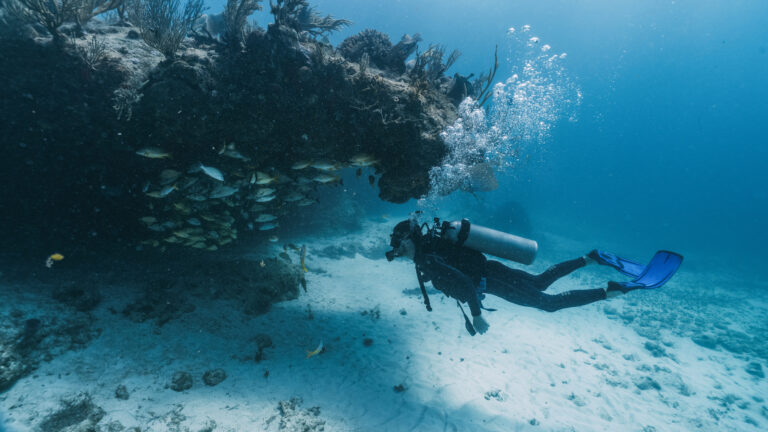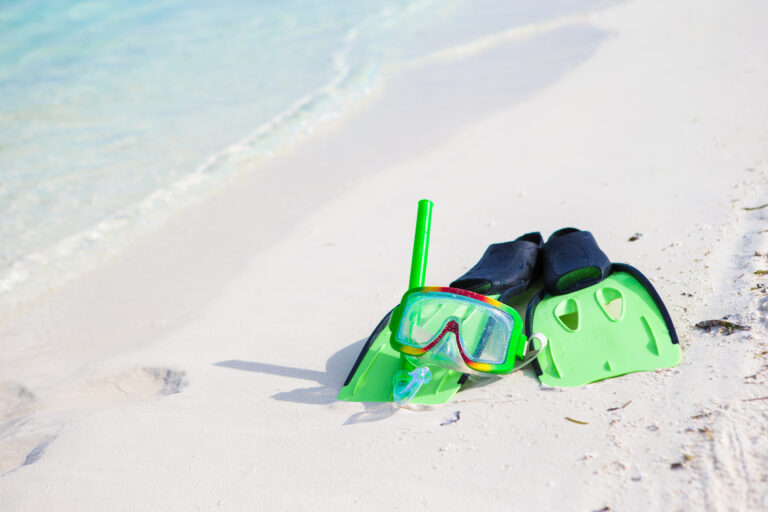SCUBA DIVERS’ TRAVEL GUIDE TO Caribbean Netherlands
The Caribbean Netherlands is a tropical paradise for scuba divers who want to explore the diverse and colorful underwater world. This destination consists of three islands: Bonaire, Saba, and St. Eustatius, each with its own unique charm and attractions. Whether you are looking for pristine coral reefs, volcanic formations, shipwrecks, or marine life, you will find something to suit your taste and skill level. The Caribbean Netherlands offers year-round warm water, excellent visibility, and a variety of dive sites for all levels of experience. You can also enjoy the culture, cuisine, and nature of these islands, which are rich in history and biodiversity. The Caribbean Netherlands is a dream destination for scuba divers who want to discover the beauty and wonder of the Caribbean Sea.
LOCATION AND GEOGRAPHY
Nestled in the crystalline waters of the Caribbean Sea, the Caribbean Netherlands comprises three special municipalities of the Netherlands: Bonaire, Sint Eustatius, and Saba. These idyllic islands, often referred to as the BES islands, boast a diverse and enchanting underwater topography that makes them a scuba diving haven. Bonaire, the largest of the trio, is renowned for its easily accessible shore dives and vibrant coral reefs that fringe its western and southern coasts. Sint Eustatius, affectionately known as Statia, offers divers a glimpse into the past with submerged historical artifacts and shipwrecks, alongside its thriving marine life. Saba, the smallest and most volcanic of the islands, is celebrated for its dramatic seascapes, including pinnacles and submerged offshore mountains that attract a plethora of pelagic species. Together, these islands form a scuba diving mosaic of ecological diversity, with warm, clear waters year-round, making the Caribbean Netherlands a premier destination for underwater explorers seeking both adventure and tranquility.
VISA AND ENTRY REQUIREMENTS
Before embarking on your underwater adventure in the Caribbean Netherlands, which includes the breathtaking islands of Bonaire, Sint Eustatius, and Saba, it is essential to ensure that your travel documents are in order. Visitors from the United States, Canada, the European Union, and several other countries do not require a visa for stays up to 90 days within a 180-day period. However, a valid passport is mandatory for all travelers. Those planning to stay longer, or visitors from countries that do not have a visa exemption agreement with the Caribbean Netherlands, must apply for a visa before arrival. It’s important to check the latest entry requirements with the Dutch embassy or consulate as regulations can change. Additionally, ensure that your passport has at least six months of validity remaining from the date of entry, and confirm if a return or onward ticket is required. Keep in mind that while the Caribbean Netherlands is part of the Kingdom of the Netherlands, it has its own specific visa and entry rules separate from the European Netherlands.
GETTING TO Caribbean Netherlands
Getting to the Caribbean Netherlands, an alluring scuba diving haven comprising the islands of Bonaire, Sint Eustatius, and Saba, is a journey that promises an underwater spectacle. For international travelers, the most common entry points are through Flamingo International Airport on Bonaire and Princess Juliana International Airport on neighboring Sint Maarten, with connecting flights to Sint Eustatius and Saba. Bonaire, renowned for its accessible shore dives and marine conservation efforts, is particularly well-connected with direct flights from North America and Europe. Once you’ve landed, inter-island travel is facilitated by local carriers, offering short, scenic flights that provide a bird’s-eye view of the crystalline Caribbean waters. For those seeking a more leisurely pace, ferries between the islands offer a serene alternative, allowing you to embrace the tranquil beauty of the sea as you approach your next diving adventure.
BEST TIME TO DIVE
The Caribbean Netherlands, encompassing the tropical islands of Bonaire, Sint Eustatius, and Saba, offers year-round scuba diving with conditions that are among the most favorable in the Caribbean. However, the best time to dive in these pristine waters is from April to November, when the dry season brings calmer seas and excellent visibility, often exceeding 100 feet. During these months, divers can fully appreciate the vibrant coral reefs and the abundant marine life without the interruption of the brief, yet heavier, rains that characterize the wet season from December to March. Bonaire, in particular, is renowned for its shore diving and is often sheltered from strong winds, making it an ideal destination even during the wetter months. Nonetheless, the off-peak season can also offer quieter dive sites and the chance to spot migratory species, such as whale sharks and humpback whales, making the Caribbean Netherlands a superb diving locale virtually any time of the year.
ACCOMMODATION OPTIONS
Accommodation options in the Caribbean Netherlands, encompassing the idyllic islands of Bonaire, Sint Eustatius, and Saba, cater to a range of preferences, ensuring that scuba divers can find the perfect base for their underwater adventures. On Bonaire, known for its pioneering role in reef conservation, divers can choose from waterfront resorts with on-site dive shops, eco-friendly lodges, and private villas that offer gear storage and rinse tanks. Sint Eustatius, often referred to as Statia, offers a more intimate experience with boutique hotels and guesthouses that often provide personalized services to arrange dive excursions to the island’s rich historical wrecks and vibrant reefs. Meanwhile, Saba, the “Unspoiled Queen” of the Caribbean, boasts charming cottages and small inns perched on its dramatic volcanic slopes, many of which partner with local dive operators to facilitate seamless access to the island’s famed pinnacles and seamounts. Regardless of the island chosen, divers can expect warm hospitality and accommodations that embrace the laid-back Caribbean lifestyle while prioritizing convenience and access to the region’s spectacular marine life.
DIVE OPERATORS AND DIVE SHOPS
In the sun-drenched Caribbean Netherlands, a trio of tropical islands—Bonaire, Saba, and St. Eustatius—beckons underwater adventurers with a plethora of professional dive operators and well-equipped dive shops. Bonaire, often hailed as a diver’s paradise, is renowned for its easy shore diving and boasts a multitude of dive shops that cater to both novices and seasoned divers, offering personalized service, guided boat dives, and a wide range of PADI certification courses. Saba, with its volcanic pinnacles and protected marine park, is served by a select few dive operators who specialize in navigating its dramatic underwater seascapes. St. Eustatius, or Statia, offers a more off-the-beaten-path diving experience, with local dive shops providing intimate knowledge of the island’s rich historical wrecks and vibrant reefs. Across these islands, the dive operators uphold high safety standards and are committed to preserving the marine environment, ensuring that the underwater beauty of the Caribbean Netherlands remains unspoiled for future generations of divers.
TRANSPORTATION WITHIN Caribbean Netherlands
Transportation within the Caribbean Netherlands, which comprises the islands of Bonaire, Sint Eustatius, and Saba, is tailored to enhance the scuba diving experience. On Bonaire, the most developed of the three for diving, visitors typically rent trucks or cars to transport their gear to various shore dive sites, with rental agencies conveniently located at the airport and throughout the island. Sint Eustatius and Saba, being smaller and less commercialized, offer a more intimate setting where taxis and small vans are the main modes of transport for divers. These can be arranged through dive shops or accommodations. On all islands, dive operators provide boat trips to reach more remote sites, with Saba being particularly reliant on boats due to its rocky shoreline. Inter-island connections are made possible through a combination of small local flights and ferries, ensuring divers can explore the unique underwater landscapes each island has to offer. Always remember to confirm schedules in advance, as services may be less frequent than in larger countries.
CURRENCY AND PAYMENT METHODS
When traveling to the Caribbean Netherlands for scuba diving, it’s important to note that the currency and payment methods can vary across the three islands—Bonaire, Sint Eustatius, and Saba. Bonaire uses the US Dollar (USD) as its official currency, while Sint Eustatius and Saba also use the USD, having transitioned from the Netherlands Antillean guilder. Credit cards are widely accepted in most tourist areas, dive shops, and hotels, particularly Visa and MasterCard, though American Express may be accepted at fewer locations. It’s advisable to carry some cash for smaller establishments, local markets, or in the event of a credit card terminal being down. ATMs are available, but they may be less prevalent on Sint Eustatius and Saba, so plan accordingly. Always inform your bank of your travel plans to avoid any issues with card usage. Lastly, while tipping is customary and appreciated for good service, it’s best to check if a service charge has already been added to your bill to avoid double tipping.
LANGUAGE AND COMMUNICATION
In the Caribbean Netherlands, a trio of special municipalities within the Kingdom of the Netherlands consisting of Bonaire, Sint Eustatius, and Saba, communication for scuba divers is as vibrant and clear as the turquoise waters surrounding these islands. The primary language spoken is Dutch, but due to the islands’ diverse international appeal and tourism, English is widely understood and spoken, particularly within the scuba diving community. Papiamento, a Creole language blending African, Portuguese, and Spanish influences, is also spoken on Bonaire. Dive operators and locals are typically multilingual, ensuring that language barriers are minimal. Underwater, divers communicate through universally recognized hand signals, making it easy to share in the excitement of spotting a rare fish or to signal the need to ascend. Whether engaging with friendly locals, dive masters, or fellow underwater enthusiasts, language and communication in the Caribbean Netherlands are as smooth and accommodating as the gentle sea currents that grace its shores.
LOCAL CULTURE AND ATTRACTIONS
The Caribbean Netherlands, comprising the tropical islands of Bonaire, Sint Eustatius, and Saba, offers a vibrant blend of cultures that enriches the scuba diving experience beyond the underwater wonders. Bonaire, known for its pioneering role in marine conservation, invites divers to immerse themselves in local traditions such as the Maskarada, where masked dancers perform during the New Year festivities. Sint Eustatius, steeped in history, boasts the remnants of a once bustling colonial era, including Fort Oranje and the Honen Dalim Synagogue ruins, which tell the tale of the island’s diverse cultural heritage. Saba, the “Unspoiled Queen,” is not only a haven for explorers beneath the waves but also above, with its enchanting mountaintop village of Windwardside, picturesque gingerbread houses, and the highest point in the Kingdom of the Netherlands, Mount Scenery. Each island’s unique blend of Dutch, African, and indigenous influences is reflected in their cuisine, music, and art, offering divers a rich cultural tapestry to explore after they ascend from the depths of the Caribbean Sea.
CULTURAL ETIQUETTE AND TIPS
When diving in the Caribbean Netherlands, comprising the islands of Bonaire, Sint Eustatius, and Saba, it’s essential to approach the local culture with respect and sensitivity. The islands are known for their laid-back atmosphere, but visitors should be mindful of local customs and traditions. Greet locals with a friendly “Bon dia” or “Goedendag” in Papiamentu or Dutch, and always ask for permission before taking photographs of people. Environmental conservation is deeply valued, so adhere strictly to guidelines that protect the marine ecosystem; for instance, Bonaire is famous for its commitment to preserving its coral reefs. When interacting with dive operators and guides, be punctual and patient, as island time may run at a more relaxed pace. Tipping is customary and greatly appreciated for good service, with 10-15% being the norm. Lastly, immerse yourself in the local culture by trying regional dishes and participating in island events, but always do so with respect for the community’s way of life.
LOCAL LAWS AND REGULATIONS RELEVANT TO TOURISTS
When planning a scuba diving trip to the Caribbean Netherlands, which includes the islands of Bonaire, Sint Eustatius, and Saba, it is crucial to familiarize yourself with local laws and regulations to ensure a safe and lawful experience. Bonaire, in particular, is renowned for its commitment to marine conservation, and as such, all divers are required to purchase a Nature Tag, with proceeds contributing to the preservation of the island’s marine park. This tag must be visibly displayed on your dive gear. Additionally, touching or removing marine life is strictly prohibited, and divers must adhere to established buoyancy control guidelines to avoid damaging the fragile coral reefs. On all three islands, dive operators are regulated and must adhere to safety standards, including those for equipment and boat operations. It is also important to note that spearfishing is banned in Bonaire and Saba to protect local fish populations. Always check for the most current regulations with your chosen dive operator or local authorities, as these rules are in place to protect the unique ecosystems you are there to enjoy.
SAFETY TIPS AND EMERGENCY CONTACTS
When diving in the pristine waters of the Caribbean Netherlands, safety should be your utmost priority. Always dive within your certification limits and ensure that your equipment is well-maintained and appropriate for the dive conditions. It is crucial to stay hydrated, avoid alcohol before diving, and be vigilant about sun protection. Dive with a buddy and maintain clear communication throughout your underwater adventure. Familiarize yourself with local marine life to avoid harmful encounters. In case of an emergency, know the location of the nearest decompression chamber, which can be found on Bonaire at the Recompression Chamber Bonaire facility. Keep emergency contact numbers handy, including the local coast guard and DAN (Divers Alert Network) at +1-919-684-9111 for international assistance. Always inform your dive operator of any medical conditions and ensure that you have appropriate dive insurance that covers hyperbaric treatment. By following these guidelines, you can enjoy the breathtaking underwater world of the Caribbean Netherlands with peace of mind.
HEALTH AND TRAVEL INSURANCE
When planning a scuba diving trip to the Caribbean Netherlands, which includes the breathtaking islands of Bonaire, Sint Eustatius, and Saba, it is crucial to prioritize your health and secure comprehensive travel insurance. The serene turquoise waters and vibrant marine life of these islands make for an unforgettable underwater experience, but diving always carries inherent risks, such as decompression sickness or equipment malfunctions. Ensure that your travel insurance policy includes coverage for scuba diving activities and potential hyperbaric treatment, which can be costly. Additionally, medical facilities on these small islands may be limited, and in the event of a serious medical emergency, medical evacuation to a facility with appropriate care could be necessary. Verify that your policy covers such eventualities, including repatriation if needed. It’s also wise to check for any exclusions related to COVID-19 and to be aware of the local healthcare system and entry requirements. By taking these precautions, you can dive into the enchanting waters of the Caribbean Netherlands with peace of mind, knowing that you are well-protected.

